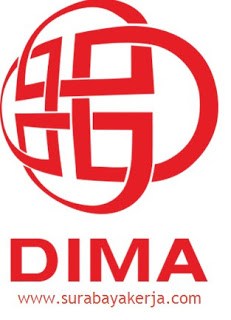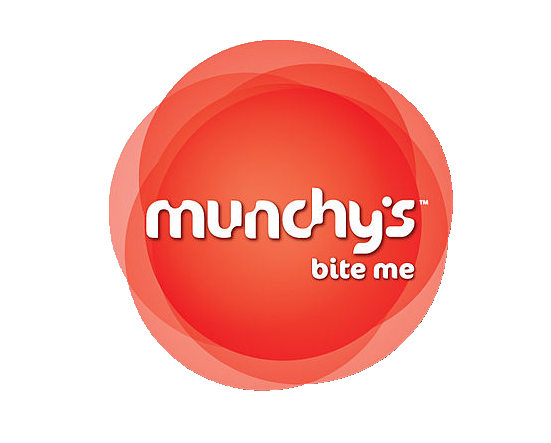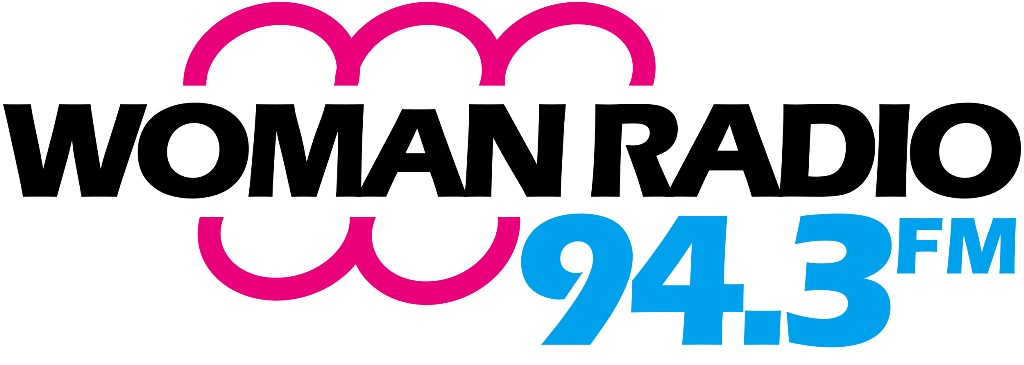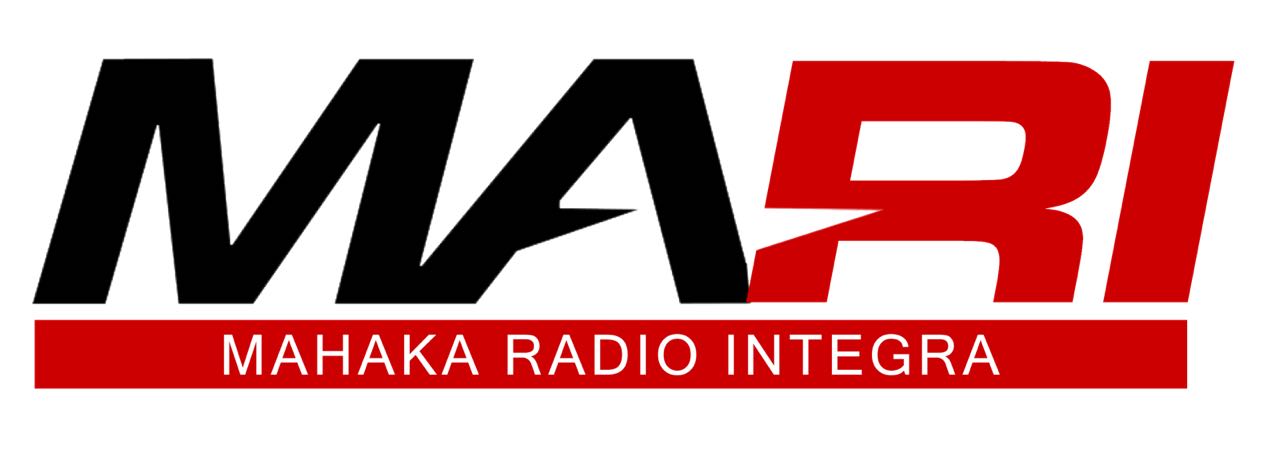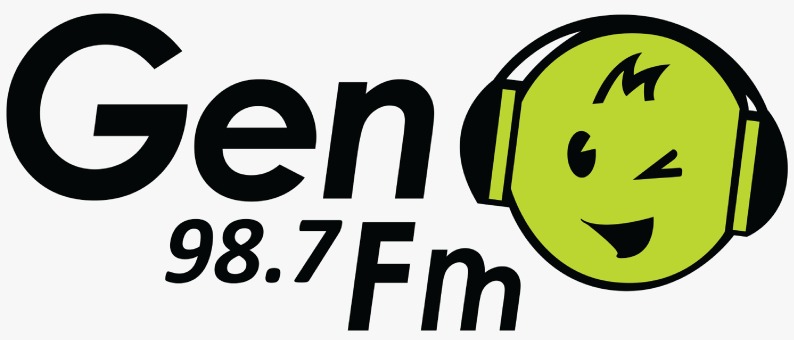PENGARUH STORE IMAGE DAN PERCEIVED PRICE TERHADAP PRIVATE LABEL BRAND PRESTIGE PADA SUPERMARKET HERO DI JAKARTA
Abstract
Private label ini Indionesia growth rapidly significant. This shows that there is considerable opportunity for the development of private labels. The purpose of this study was to determine how much influence the store image and perceived price have on the private label brand. This research takes Hero Supermarket objects as a place to study. The type of data used is primary data obtained from the questionnaire with likert scale measurement. This study uses non-probability sampling technique as a technique in data collection. The sample collected in this study amounted to 180 respondents. The variables examined in this study are store image and perceived price as independent variables, private label prestige brand as the dependent variable. Data analysis using PLS-SEM with Smart PLS 3.0 software.The data processing results found that H1 was accepted because there was a positive and significant influence from the Store Image on Perceived quality in Hero Supermarket, with a test value of 3.689, H2 was received because the Store Image had a significant influence on the Loyalty, with a significance value of 3.263. H3 received from the Store Image has a significant influence on Brand Awareness on Hero Supermarket, with a significance test value of 3.052. H4 is accepted seen from the Perceived price has a significant effect on Perceived quality in Hero Supermarket, with a significance test value of 7.039. Then H5 is accepted seen from the Perceived price has a significant influence on Loyalty in Hero Supermarket, with a significance test value of 6.356. H6 Received seen from Perceived price has a significant influence on Brand Awareness on Hero Supermarket, with a significance test value of 5.383. Based on the results of the research, Hero Supermarket must improve better service and better store image so that consumers feel more comfortable and more loyal to the Hero Supermarket
Keywords: Store image, Perceived Price, Perceived Quality, Loyalty, BrandAwareness/Associations, Private Label Brand Prestige
Full Text:
PDFReferences
Abdillah, Willy dan Jogiyanto Hartono (2015), Partial least square: Alternatif Structural Equation Modeling (SEM) dalam Penelitian Bisnis, Andi, Yogyakarta.
Arikunto, S. (2002), Prosedur Penelitian: Suatu Pendekatan Praktek, Renika Cipta, Jakarta.
Abril, C., & Rodriguez-Cánovas, B. (2016). Marketing mix effects on private labels brand equity. European Journal of Management and Business Economics, 25(3), 168–175.
Baker, J., Grewal, D., & Parasuraman, A. (1994). The influence of store environment on quality inferences and store image. Journal of the Academy of Marketing Science: Official Publication of the Academy of Marketing Science, 22(4), 328–339.
Beristain, J. J., & Zorrilla, P. (2011). The relationship between store image and store brand equity: A conceptual framework and evidence from hypermarkets. Journal of Retailing and Consumer Services, 18(6), 562–574.
Beneke, J., & Zimmerman, N. (2014). Beyond private label panache: the effect of store image and perceived price on brand prestige. Journal of Consumer Marketing, 31(4), 301–311.
Beneke, J. (2015). Article information : International Journal of Reta, 43(1), 43–62. http://doi.org/http://dx.doi.org/10.1108/MRR-09-2015-0216
Bloemer, J., & de Ruyter, K. (1998). On the relationship between store image, store satisfaction and store loyalty. European Journal of Marketing, 32(5/6), 499–513.
Cengiz, E., & Kirkbir, F. (2007). Customer perceived value: The development of a multiple item scale in hospitals. Problems and Perspectives in Management, 5(3), 252–268.
Hair, et.al. (2010). Multivariate Data Analysis. United States: Perason Pretince Hall.
Levy, Michael; Weitz, Baron A; Grewal, Dhruv. (2014) Retailing Management 9th edition. New York : McGrawHill.
Latan, H., & Ghozali, I. (2015). Partial Least Square Konsep, Teknik dan Aplikasi Smart PLS 3.0. Semarang : Badan Penerbit Universitas Diponegoro.
Malhotra, N. K. (2012). Basic Marketing Research: Integration of Social Media, Pearson Education.
Sasmita, J., & Mohd Suki, N. (2015). Young consumers’ insights on brand equity. International Journal of Retail & Distribution Management, 43(3), 276–292.
Sekaran, Uma; Bougie, Roger. 2010. Research Methods for Business: A Skill Building Approach (5thed.) United Kingdom : John Wiley &Sons Ltd.
Sekaran, U., and Bougie, R. (2013). Research methods for bisiness. In U. Sekaran, and R. Bougie, Research methods for bisiness. Italy: John Wiley & Sons Ltd.
Sugiyono. 2003. Metode Penelitian Bisnis. Bandung. Pusat Bahasa Depdiknas.
Sugiyono (2013). Statistika untuk Penelitian. Bandung: Alfabeta.
Tas, M., Balci, M., Yüksel, A., & Yesilçubuk, N. S. (2015). British Food Journal. British Food Journal British Food Journal British Food Journal, 117(4), 1426–1439.
Utami, Chirstina W. 2010. "Manajemen Ritel: Strategi dan Implementasi Operasional Bisnis Ritel Modern di Indonesia." Jakarta: Salemba Empat.
Vahie, A., & Paswan, A. (2006). Private label brand image: its relationship with store image and national brand. International Journal of Retail & Distribution Management, 34(1), 67–84.
www.mix.co.iddi akses pada tanggal 21 Januari 2018
DOI: http://dx.doi.org/10.30813/ncci.v0i0.1273
Refbacks
- There are currently no refbacks.




